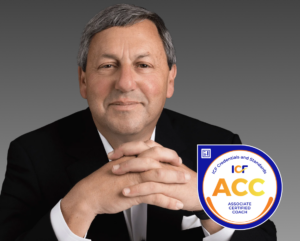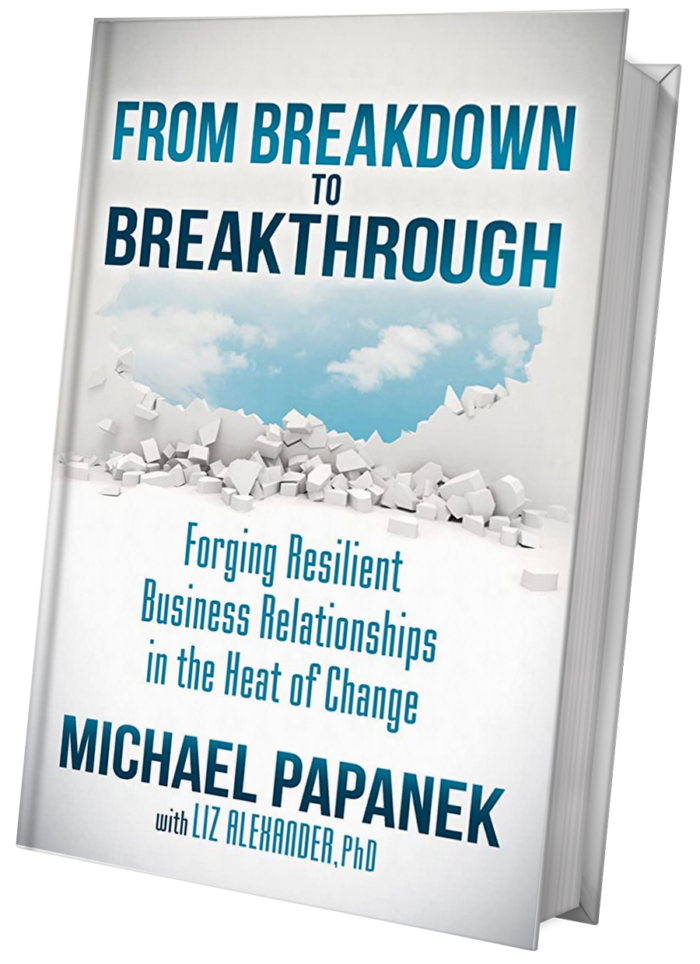Marc Andreessen – June 2021, Silicon Valley Legend (wrote Mosaic – the first browser, founded Netscape in 1994) current VC Leader.
” Software is our modern alchemy. Isaac Newton spent much of his life trying and failing to transmute a base element — lead — into a valuable material — gold. Software is alchemy that turns bytes into actions by and on atoms. It’s the closest thing we have to magic…”
This month’s quote* is from Marc Andreessen, as he shares an optimism for the future which is both inspirational and grounded. See the chart below, which he uses to back up his case that software, where applied, has driven costs down and value up (the “more affordable” group in blue below), and that education, housing and medical care are good targets for software application from here.

*Runner up quote: “That which can be asserted without evidence, can be dismissed without evidence.” ― Christopher Hitchens
This month we include:
- Why too much positivity is so negative (or: why so much happy talk is making us sad).
- How Google knows if a new employee will “hit the ground running,” or not.
- What is “cognitive elaboration” and why are diverse teams so good at it?
- What the first 3D printed house looks like, and why it might change housing forever.
- Why you need to “type” your team, not the individuals in it.
- Reprise – “No Labels” saves the day?
I hope this message finds you safe and well. I would love to hear from you!
Michael
Missed last month’s very valuable newsletter? Find it here.
Your brilliant friend forwarded this to you? Subscribe here!
__________________________________________________________________________________________________________________________

Leadership Strategy of the Month: Practical Optimism vs. Toxic Positivity)
Why Too Much Happy Talk Can Make Us Sad
If I am asked one more time what my Superpower is, I will burn this place down with my laser eyes, I’m not kidding!
In the interest of good relationships, many leaders start team meetings with an “ice breaker” intended to facilitate those at the meeting getting to know each other in a positive way. You may be asked to say something great about yourself, like your “superpower.” You might be asked to share an accomplishment you are proud of or something you are grateful for. I fully support the intention to build connection, appreciate good things and know each other more deeply, but I worry about the unintended consequences of what might be a forced positivity if this is repeated in meeting after meeting, day after day.
Take a look at some comments on the topic from a recent LinkedIn thread:
- Do these people understand how damaging this sort of mentality is? How patronizing, totally unhelpful and overall demeaning to people struggling?
- There is nothing wrong with feeling some pressure, having struggles, feeling down, or having an off day.
- Posting a freshly googled “positivity meme” for the sake of getting a post out is utter nonsense!
- There is nothing more fake than “pretending” to feel a certain way.
- Listening to all this nonsense makes me feel worse when I am down, makes you feel it more, makes you feel like there is something really wrong.
In too many organizations many emotions are implicitly discouraged, especially “negative” ones such as anger, sadness, fear or pain. The problem is ongoing denial of these feelings leads to much worse issues for the employees and the organization as a whole. One neuroscientist I heard on the topic said toxic positivity “inhibits people from feeling perfectly normal emotions, which if left unchecked can lead to longer lasting deeper issues like anxiety, diminished self-esteem and burnout.” This can be especially difficult in volunteer organizations, but can be a problem at for-profit businesses as well.
Being positive generally means ignoring or trying to put a good spin on difficult things no matter how hard. Whereas if you’re optimistic you acknowledge the difficulties while holding hope for better times. I much prefer being optimistic to positive.
Cultures which are too “nice” tend to drive conflicts underground, and people find it hard to give honest feedback or hold people accountable.
So, if the key is to cultivate a culture of realistic positivity, empathy and honesty; how do you do it?
Here is another helpful table from the mental health website Mind Journal:

Leadership Discussion Questions:
- How open is your culture to discussing hardships or difficulty?
- Are there issues you do not discuss that you wish you could?
- Are you so focused on solving problems that you are missing opportunities to simply empathize with each other?
How Google knows if a new employee will “hit the ground running,” or not.
Oddly enough, the difference lies in what the manager does–not the new employee. After running several surveys and experiments, Google developed a list of five simple on-boarding tips for managers. To keep things easy — and serve as a handy reminder — the company emails those tips to managers the night before a new employee starts. You can too!
Here’s the list:
- Match the new hire with a peer buddy – should be same location or at least same time zone for remote workers;
- Help the new hire build a social network (by connecting them to the right meetings, events, chat rooms, Slack channels, etc.);
- Set up employee on-boarding check-ins at least once a month for the new hire’s first six months (put them on your calendar now);
- Encourage open dialogue (“put on your elephant ears and listen big”); and, the real shocker;
- Meet your new hires on their first day.
If you want to accelerate performance, start with inclusion – make sure your early actions prove the employee is welcomed, has an important job to do, and colleagues to do it with. I still hear stories of weeks going by for new people without a call or meeting with their direct manager. You can get away with this sometimes, but why?
For a specific agenda for a “first day” conversation, read more from “Here’s How Google Knows in Less Than 5 Minutes if a New Employee Will Get Off to the Perfect Start” at Inc., or on Apple News.
What is “cognitive elaboration” and why are more diverse teams so good at it?
While research on diverse teams has shown they tend to be more successful overall, many leaders might not know the factors which cause these teams perform well, especially for certain tasks. Recent studies found diverse teams may prefer to work on certain types of initiatives:
- Launching a new product. Diverse teams are likely to yield both more ideas (quantity) – and more novel ideas (creativity). The helpful “heat” that arises out of having different experiences, ideas, and philosophies can feel uncomfortable in the moment but if your team can embrace heat it will lead to more light! When team members speak up and share diverse inputs, they help the group see things from new perspectives, and in turn, help the group find more creative, innovative solutions. As a leader, the last think you want is a good idea to be held back by a team member.
- Troubleshooting an existing product or process. Whether it is reviewing troublesome lines of code, editing a critical communication, or signing off on a new recruiting strategy, this study found that diversity increases the chances of detecting errors. Many organizations use “red teams” as a structure to encourage alternative points of view and identify issues from an outside perspective.
- Planning for an uncertain future. Part of the reason diverse teams accell here may be due to what scientists call cognitive elaboration—the process of sharing, challenging, and expanding our thinking, which is required for any breakthrough vision and innovation. One component of this we have discussed in prior newsletters is the use of “sacrificial ideas” in product development, which is the intentional creation of ideas we know will not work, but will lead to helpful user reactions, which do lead to good design ideas.
In essence, more diverse teams seem to compel each other to think more deeply and interrogate the facts more objectively. Diverse teams tend to come to better conclusions because those conclusions have been road-tested more thoroughly.
Leaders who want innovation can make “contrary thinking” a key part of the job description – team members are expected and encouraged to develop and share alternative points of view – “bring the heat” – from others on the team and be there own “red team.” As one cross-functional product team I work with would say: “First, we diverge, then we converge!”
Put another way, these higher performing diverse teams have a better “heat curve”.

Read the full article “Why Diverse Teams Outperform Homogeneous Teams” by David Rock at Psychology Today.
What the first 3D printed house looks like, and why it might change housing forever.

Multiple 3D printers constructed this building in only 200 hours using local soil, meaning it’s zero-waste and needed no building materials to be transported to the site. Look at the inside below. I want that desk for my zoom calls!

Why You Need to “Type” your Team, Not the Individuals in it.

Individual resilience is great, but what organizations have learned in the last year is that social, or organizational resilience is much more important. Organizational Resilience is your team’s ability to pull together under stress, vs coming apart.
While there are many systems used to assess and then “type” an individual’s level of resilience, or their broader leadership style – like MBTI, DISC, and many more, the value of these methods is limited to the one person. When under pressure, needing to “pivot”, or just needed to dig deeper to keep going, it’s your whole team’s collective resilience that matters. This kind of team-resilience is based on the connections you have with each other and the organization, not your individual characteristics.
How can you tell in advance if your team is ready for the next challenge we all expect is coming?
Here is free access to my Team Resilience Assessment which can help. The first step (don’t wait) is to convene a productive dialogue with your team across the three key dimensions of resilience: Strong, Flexible and Fair.
Share this link with your team, then have each team member bring their results to a team meeting, so you can have a dialogue about how resilient you are as a group, what gaps you might find, and how to become even stronger, fairer, and more flexible.
I will leave you with a recent (July 2, 2021) picture of me in one of my favorite places:

__________________________________________________________________________________________________________________________
Are you, or someone you know looking for a Leadership Coach or Organizational Development consultant, and wondering if we should we work together? Use this handy table to find out!
| Let’s Not Work Together If… | Let’s Work Together If… |
| You want someone to have interesting conversations with a few times a month | You want a coach who will help you achieve new results, based on new strategies and advanced skills |
| You are not ready for deeper self-awareness or an unvarnished examination of your leadership brand | You want to be able to see yourself and your leadership brand more clearly as others do, so you can change to the brand you need |
| You want someone without much business experience but trained in coaching methods | You want a consultant who knows what it’s like to be accountable for a team and business results, and is effective using a wide range of coaching methods. |
| You want to learn abstract theories of change management or people leadership and try to figure out how they apply to your work on your own. | You want practical frameworks, offered with a systemic perspective, so you know how to improve your team culture and lead sustained change. |
| You want to check the box that you “have a coach.” | There are goals and challenges that are driving you to improve, and you are ready and motivated to go to the next level. |
| You want a generic, algorithm driven development experience appropriate for a beginning leader or first-time supervisor. | You want a highly customized and advanced development engagement, tailored to you and your team, so you can make a permanent shift in your leadership skills and team performance. |
I am a high impact coach, facilitator and advisor to individual leaders, intact leadership teams and whole organizations. If you or your team need to get your impact to the next level – and want to get there quickly – let’s talk.







